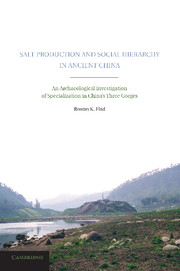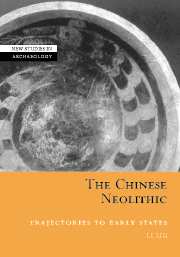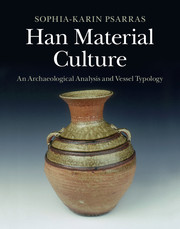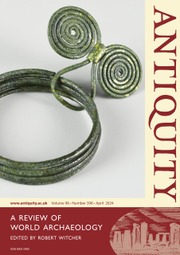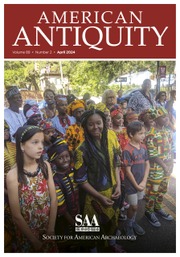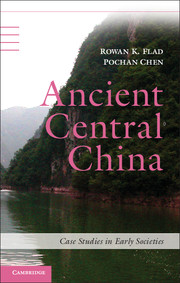Salt Production and Social Hierarchy in Ancient China
This book examines the organization of specialized salt production at Zhongba, one of the most important prehistoric sites in the Three Gorges of China's Yangzi River valley. Rowan K. Flad demonstrates that salt production emerged in the second millennium BCE and developed into a large-scale, intense activity. As the intensity of this activity increased during the early Bronze Age, production became more coordinated, perhaps by an emergent elite who appear to have supported their position of authority by means of divination and the control of ritual knowledge. This study explores evidence of these changes in ceramics, the layout of space at the site and animal remains. It synthesizes the data retrieved from years of excavation, showing not only the evolution of production methods, but also the emergence of social hierarchy in the Three Gorges region over two millennia.
- Relates to the Three Gorges of China, a region of international interest because of the recently constructed dam
- Salt is a vital resource for all human societies and this study helps us understand how early populations acquired it
- Contains a personal account of a foreign archaeologist working in China
Reviews & endorsements
"Flad’s insightful study, including a thoughtful review of ethnohistoric data and material remains from other areas of the ancient world where salt was produced, will be an inspiration for other research projects on salt production." -Anne P. Underhill, Current Anthropology
Product details
July 2011Hardback
9781107009417
312 pages
236 × 159 × 21 mm
0.59kg
71 b/w illus. 2 maps 15 tables
Available
Table of Contents
- 1. Introduction
- 2. The organization of ancient salt production in Sichuan
- 3. Ancient salt production in Sichuan
- 4. The Zhongba site
- 5. Ceramic evidence
- 6. Parameters of production according to ceramics
- 7. Features and spatiality
- 8. Animal remains and divination
- 9. Conclusions and implications
- Epilogue.

